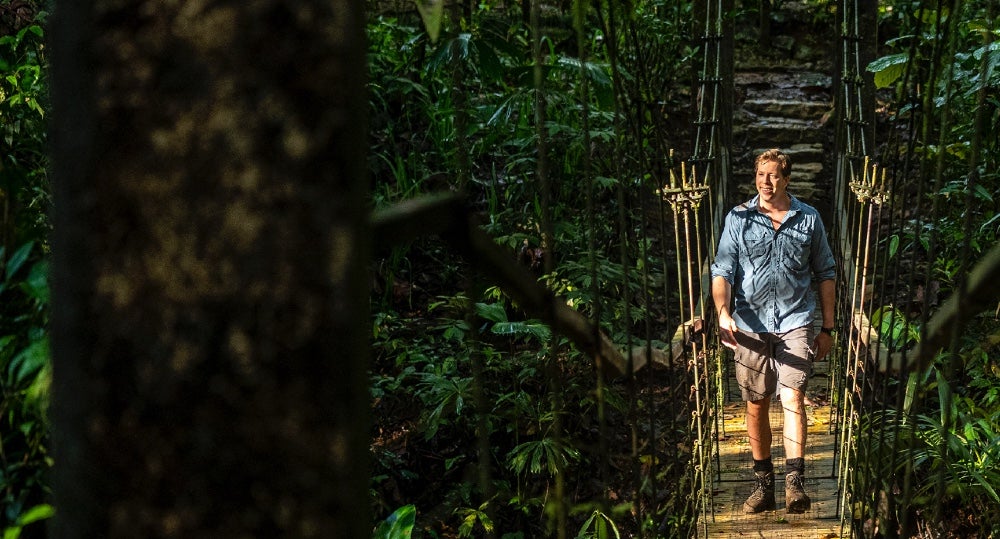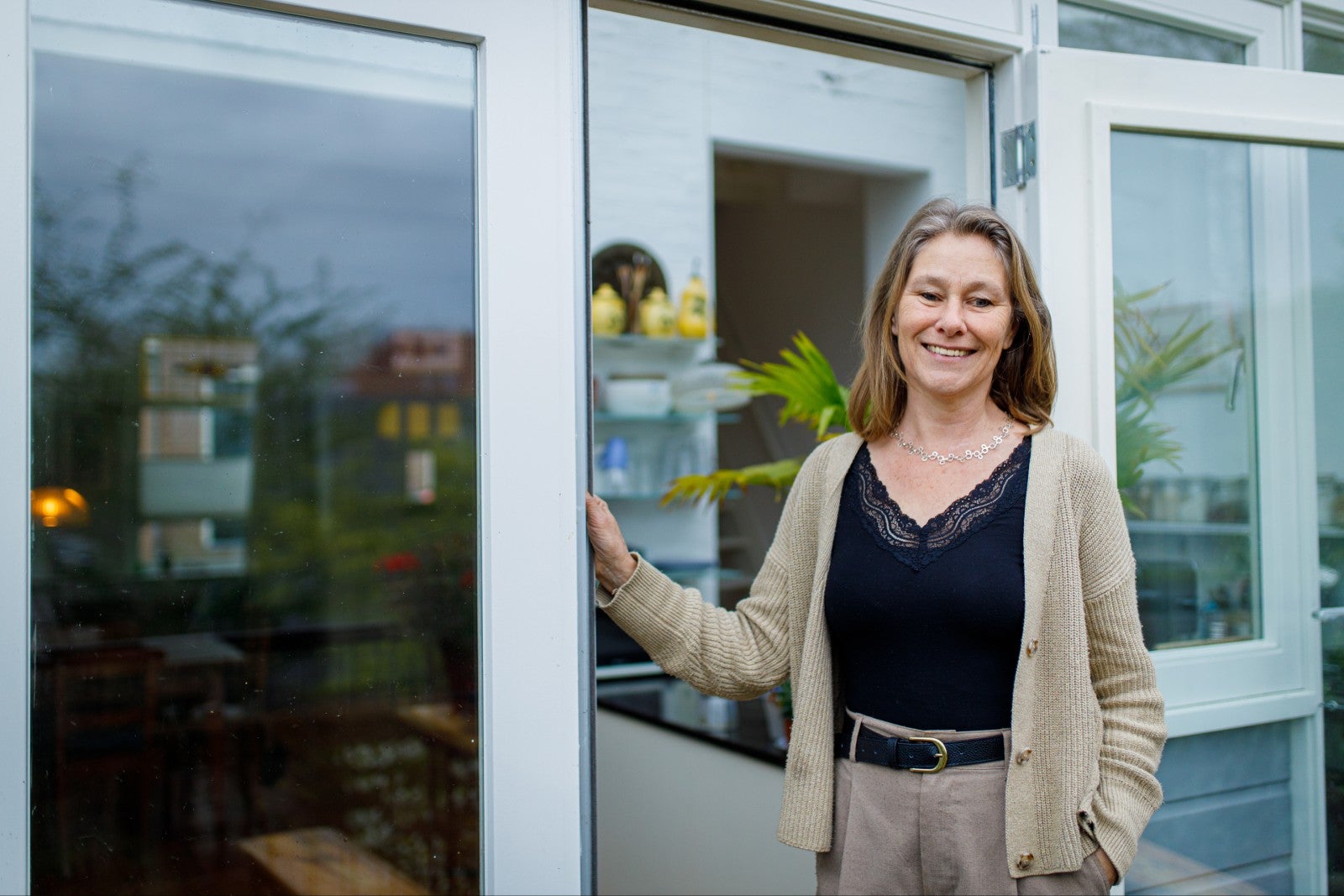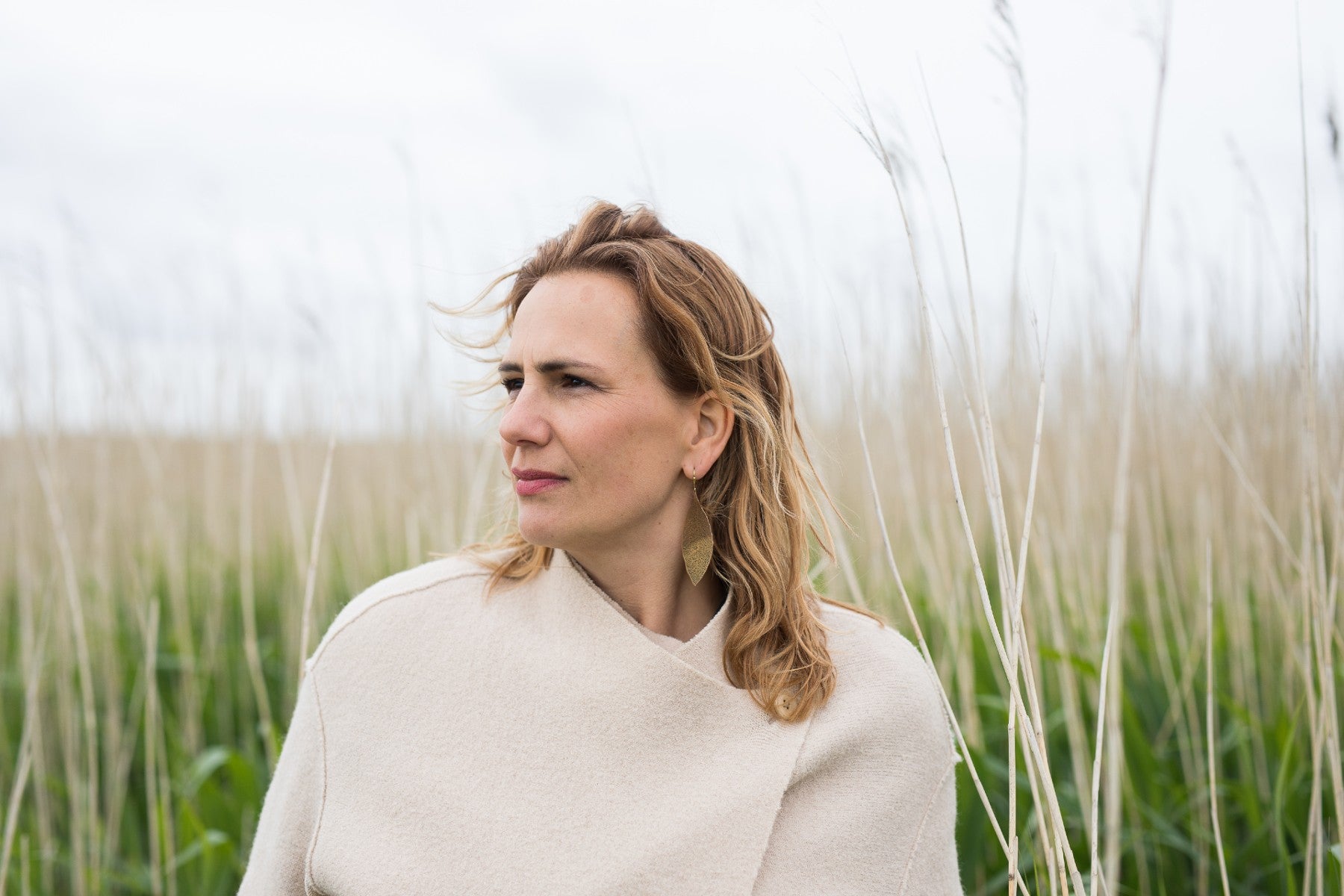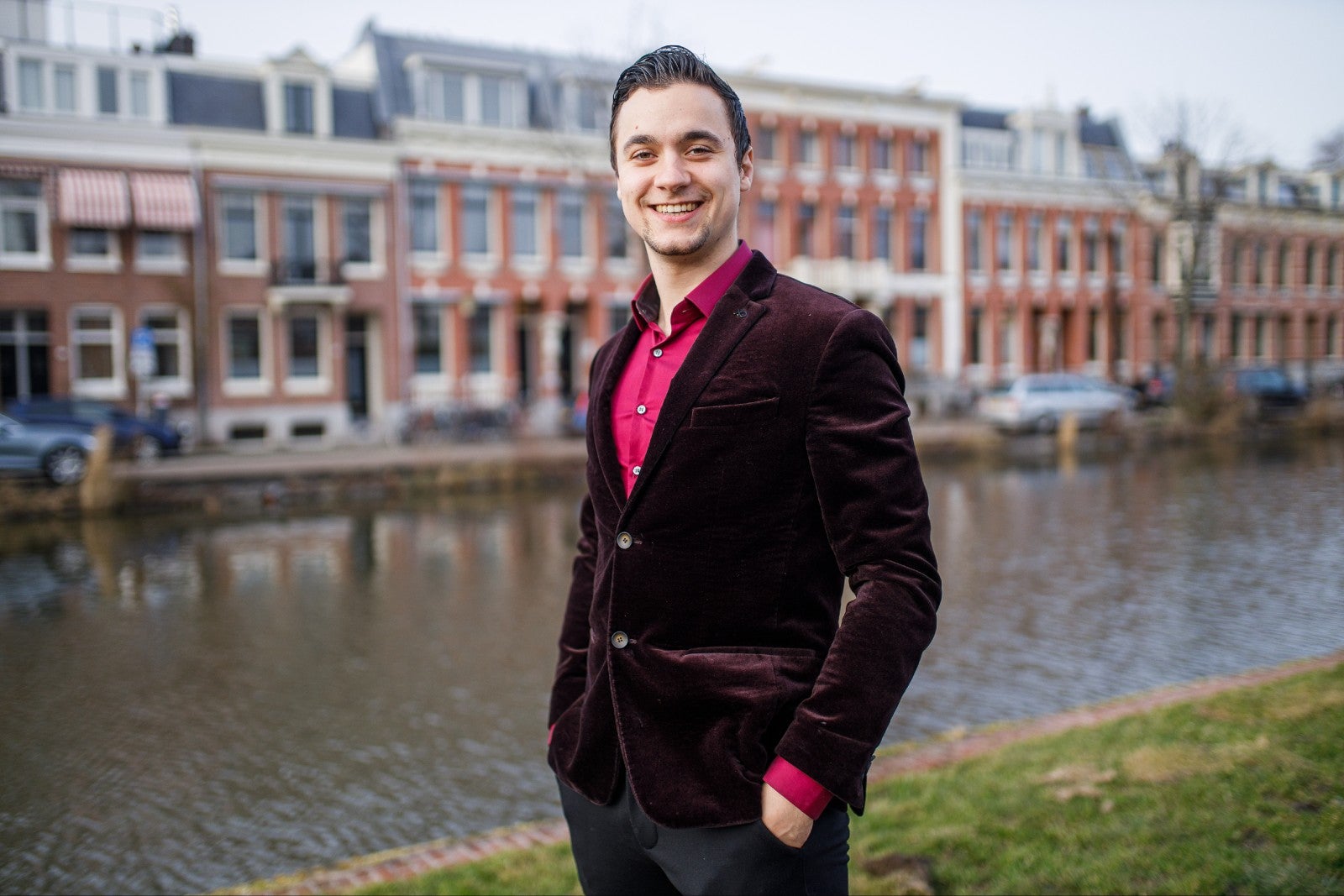As an endowed professor at the Vrije Universiteit, Freek Vonk (37) is researching medicine and antivenom. ‘Wouldn’t it be amazing if we could produce medicine from snake venom?’
From his apartment in Scheveningen, Freek takes the time to talk to us over Zoom. In the South American mangrove aquarium behind him, we can see rays and tropical fish swimming by every now and then. The only one missing today is Johan, his pet rock monitor lizard.
You just returned from a trip to Namibia. What were you doing over there?
„Together with my foundation No Wildlife Crime, we fit a few desert lions with tracking devices, so that we’ll be able to track them and get to know more about their habits. It was quite a challenge to jump out of the car in the middle of the night, sedate the animals and put trackers around their necks – all the while keeping an eye on the rest of the pride."
How has your life changed since the pandemic?
„I travel a lot less for my show, so that was something I really needed to get used to. I still have a very busy schedule though, so that hasn’t changed. I’m spending time working on my foundation, writing columns and training to be a helicopter pilot. I’ve been wanting to do that for a while and I’m really enjoying it. Besides that, I’m also researching snake venom. I received my PhD degree in 2012, for which I researched the biochemical composition of snake venom. Ever since, I’ve continued doing research and publishing articles. To be appointed an endowed professor is a very nice next step in my career."
You studied biology. Was that an easy choice to make for you?
„Absolutely. I was a very serious student and didn’t have a lot of free time. Next to attending university, I worked at a reptile house to take care of their snakes and crocodiles. I was also working on my academic career from a very early age. At age 22, I published my first paper in Nature, one of the most prestigious academic journals. That was such a huge personal milestone. It was a paper on lizards: we had discovered that lizards have venom glands in the lower jaw, while snakes produce venom in the upper jaw."
Did those articles introduce you to the world of media?
„Yes, my articles were the reason I was interviewed by de Volkskrant and Radio 1. In 2009, I was invited to De Wereld Draait Door (DWDD). It was quite special to be invited to a show like that at such a young age. People really started paying attention to me when I brought these live animals – mostly snakes and other reptiles – to DWDD."
„My mom immediately replied: ‘You want to move a snake into this house? Then I’m moving out!’"
Did you own pets when you were younger?
„I must have been around 14 years old and I was playing soccer with some of my friends. One of them had an older brother who owned an Indian python. He asked us if we wanted to take a look at his snake. In his bedroom, he kept this enormous glass cage against the wall and inside that cage was a fat, three-metre long python. We could hear it hiss softly and its tongue came out every now and then. It was watching me with this fixated look in its eyes and I just instantly fell in love. I went home afterwards and told my parents: ‘I want a snake.’ My mom immediately replied: ‘You want to move a snake into this house? Then I’m moving out!’ Eventually, my dad was able to persuade my mom and I was allowed to buy myself a snake. A month later I had ten, a year later I had about a hundred."
And your mom continued to live at home?
„Haha, yes. She turned out to have more difficulty with all of the dead rats and mice I kept in the freezer to feed to the shakes. She would open the freezer door, look for spinach and stumble upon a couple of dead mice instead – she would go absolutely crazy."

What fascinates you so much about snakes?
„The thing about snakes is that they look so different from any other animal. They are elongated, have more than 300 vertebrae and don’t have any paws or eyelids that can open and close. Some are very poisonous, others are freakishly strong and are capable of strangling a human being. The diversity among snakes is very large. Many animals are dangerous purely because of their physical strength. But a saw-scaled viper that is about as thick as my little finger can be much more dangerous than an elephant charging at you."
„I’m also fascinated by snake bites. Essentially they are biochemical attacks. The venom consists of a cocktail of over a hundred different venomous components that attack physiological processes inside the body in a very refined way. The venom is lethal, but it can also save lives."
„For years, nobody was doing research on snake bites. The problem is that there isn’t a whole lot of money to be made in places where this is a major issue."
Do you think that snake bites are an underestimated problem?
„Every year, 150,000 people die from venomous snake bites. That’s 400 people a day. During this conversation that we’ve had, 15 people have died. And then there’s also half a million people that survive venomous snake bites, but still have to deal with lasting damage to their bodies. The socio-economic impact is enormous and severely underestimated. Especially if you compare it to something like malaria."
„For years, nobody was doing research on snake bites. That has started to change. The problem is that there isn’t a whole lot of money to be made in places where this is a major issue. The people that are suffering from this the most are poor. So for many people in the West, it’s easy to turn a blind eye."
Can you tell us something about your research on snake venom?
„We research small molecules, which is different from antivenom. Antivenom is developed based on one or multiple venoms and is created by injecting venom into horses, after which the antibodies are isolated. If you get bitten by a snake and you’re given the right antivenom, it will work well – but many antivenoms are of poor quality. And if you receive the wrong antivenom, you have an even bigger problem to deal with."
„Small molecules, however, are a type of medicine that was developed for other unrelated diseases and we’re trying to find out whether they can also be used in the treatment of snake bites. We’ve already achieved some positive results. Small molecules are mostly used in fighting specific symptoms and are therefore applicable to different venoms, which is great when you don’t exactly know which type of snake has bitten you."
„The downside of using small molecules is that they are only able to focus on one certain toxin inside the venom. Still, they can be used to buy time to get to the hospital on time after having been bitten. They can also be used to stop tissue from getting damaged and reduce the risk of amputations."
You’re also researching whether it’s possible to produce medicine from snake venom. Could you elaborate?
„When you get sick, your body gets a bit off balance. Taking medication can bring your body back into balance. The purpose of venom is to get your body off balance, while some ingredients from that same venom can correct an imbalance. If we stumble upon new substances, we try to characterise them: what do they do and how do they work? The chances that we’ll actually find a new medicine are slim, but it’s possible. If there is a new medicine out there hiding somewhere, it’s most definitely venom: there is so much that hasn’t been researched yet. Wouldn’t that be amazing to find a new medicine?"






